Situated on the northwest coast of Staten Island, Mariners Harbor earned its name from the flurry of nautical activity that accompanied the plentiful oyster harvesting opportunities found just off its shore. Long before Nathan’s Hot Dogs, 99-cent slices, and cronuts, the quintessential New York food was the oyster, and in the 1800s the average New Yorker was eating over 600 of them per year. The oyster craze wasn’t just limited to New York, as evidenced in Herbert Byng Hall’s paean to the briny mollusk in his seminal 1842 treatise, The Oyster: Where, How, and When to Find, Breed, Cook, and Eat It.
The oyster, when eaten moderately, is, without contradiction, a wholesome food, and one of the greatest delicacies in the world. It contains much nutritive substance, which is very digestive, and produces a peculiar charm and an inexplicable pleasure. After having eaten oysters, we feel joyous, light, and agreeable—yes, one might say, fabulously well
Get a room already, Herbert. While the oyster beds were exhausted by 1840, the Kill Van Kull, the tidal straight between Staten Island and New Jersey, was a perfect spot for oyster floats. These large floating containers held the freshly harvested oysters for one tidal cycle, enough time for the oysters to absorb fresher water and get rid of any lingering sand and silt. As a result, the oysters' flesh became whiter, heavier, and more delicious.
FOR ME, THE HAUNTINGS WERE A PLUS
So-called "oyster aristocrats," ship captains who made their fortunes from the oyster trade, built a string of opulent homes known as Captain’s Row on the shore of the Kill Van Kull to keep an eye on their boats and bivalves. This house at 2876 Richmond Terrace, built by Stephen D. Barnes in 1853, is one of the only remaining homes from this once-grand strip.
I’ve often driven by and wondered who owned this place with its two-toned blue Rolls Royce and thick coils of rope casually strewn across the driveway. My curiosity was finally satisfied by this 2003 article in the NY Times detailing the house’s history.
After the original owner died, the house was intermittently occupied by people employed in the nearby shipyards and was designated a national landmark in 1976. The house sat largely vacant until Thomas Barry, a harbor boat captain, bought it in 2003 after years of admiring the Italianate-style building. The night Captain Barry moved in, he was forced to flee the house after hearing the footsteps of its former owner echoing in the hallways. The excessive paranormal activity was so bad that he took up smoking again to deal with the stress. The article ends with Barry, upon being questioned about the daunting renovation project ahead, replying, "Hey, I'll never buy another house again.”
Never, in this case, lasted all of 6 years. In 2009 Barry sold the house to Biagio Pergolizzi and moved to Atlantic City. Though Barry boldly claimed, "For me, the hauntings were a plus," his quick sale indicated quite the opposite. Biagio was a 26-year-old “student of sustainable architecture, a bohemian world-traveler, and a restorer of classic cars,”1 and instant contender for most interesting man alive.
ERASTINA
The oyster trade continued in Staten Island until about 1900 when the harbor's waters became so polluted from industrial waste that the oyster beds shut down. At the tail end of the shellfish years, Mariners Harbor also became famous as the location of Buffalo Bill Cody's Wild West show.
Erastus Wiman, a Canadian journalist turned developer, moved to Staten Island in 1867 where his business acumen eventually earned him the title of “the Duke of Staten Island.” He was head of the Staten Island Railway Co. and the St. George Ferry. Wiman converted an undeveloped part of Mariners Harbor, nothing more than swampy mosquito-infested marshland, into Erastina, a fairground with stables, a racetrack, electric lights, two miles of fence, and elevated seating for 10,000 people. Conveniently, getting to the Wild West show was only possible via Wiman’s newly completed “Buffalo Bill Express,” a four-mile rail line from the ferry terminal to the fairgrounds. Advertisements boasting “More Skillfull Marksmen and Markswomen, More Genuine Indians, More Tip Top Cow Boys and the Largest Herd of Buffalo on the Continent” proved compelling enough to draw an estimated 15,000 people a day, two million people in total, during the two summers that the show took place.
After the summer of 1888, Annie Oakley, Buffalo Bill, and the whole Wild West gang moved on for greener pastures. Erasmus, the once prosperous businessman who penned the page-turner, “Chances Of Success: Episodes And Observations In The Life Of A Busy Man,” would go on to accrue debts of close to one million dollars and was convicted for the crimes of embezzlement and forgery. While his conviction was overturned, he was forced to sell his home and furniture to pay off his debts. Perhaps he would’ve better served following the advice he laid out in his own book:
The Rothschilds have a motto which seems cold blooded, but it is based on long experience. It is, “Do not trust a man who owes much.” The liabilities that arise from a departure from legitimate business most frequently bring men into this category.
With the Wild West show gone and the oyster trade all but over, shipbuilding and repair became the main focus of the Mariners Harbor economy. In the 1920s, there were 18 working shipyards on Kill Van Kull. The largest shipyard, run by Bethlehem Steel, was used for building US Navy Destroyers in WWII. Today several drydock and tugboat operators still exist in the area.
MR MILLER
In 2011, while working on my Roof to Table project with the Design Trust for Public Space, I was lucky enough to meet and photograph Mr. James Miller, seven-time winner of NYCHA's best gardener award, and his garden at the Mariners Harbor Houses. Since it was November, the garden wasn’t much to look at, but I was fortunate to spend a few minutes with Mr. Miller, a master gardener, and a very nice man. Sadly, he died six months after I made this portrait.
SIGHTS AND SOUNDS*
*no sounds this week since all my field recordings were made in Mariners Marsh Park. Planning on a separate newsletter just devoted to the park soon
FEATURED PHOTO
I couldn’t find more information on this unattributed but striking image, only that it was taken at the Bethlehem Steel shipyard during WWII. Here is a link to a (large) high res file for all you pixel peepers out there.
NOTES
In 1905, following a spate of burglaries in and around the neighborhood, Mariners Harbor resident John Stevens decided to take things into his own hands and manufacture a custom burglar alarm that, instead of ringing a bell, would fire a blank cartridge, instantly alerting him to the presence of an intruder. The flaws in this system became obvious very early on in the testing process2:
On the inside sill of the window stood a blank cartridge. A wire which extended to the top of the window carried a heavy weight. The apparatus was so arranged that the raising of the window sash would cause the weight to fall on the cartridge and explode it. After he had everything in proper place, Stevens went outside the house to see whether his contrivance could be seen from there. While he was peering through the window his young daughter Mabel raised the sash from the inside.
Stevens lost sight in his right eye and Mabel never dared open a window again.
While searching for information about Erastina, I came across this catchy ditty by folk musician Bob Wright. Bob’s Harbortown project is all about putting the nautical history of Staten Island to song. Staten Island Maritime Folk is a niche genre for sure, but he does a great job. He also performs the impressive feat of rhyming Erastina and Steamer.
Buffalo Bill, Buffalo Bill
how many buffalo did you kill
I can hardly wait until
I can go see Buffalo Bill
Buffalo Bill on a big ol’ steamer
Headed out to Erastina
Built himself a railroad track
I can’t wait till he comes back
(chorus)
Buffalo Bill, Buffalo Bill
how many buffalo did you kill
I can hardly wait until
I can go see Buffalo Bill
Incidentally, according to Bill himself, the answer to that question is a very precise (and obscene) 4,280 in a single 18-month stretch.
Mariners Harbor from space, just because.
Platt, Tevah. “Landmarked Captain’s House to Get a New Owner.” Silive, 2 July 2009, www.silive.com/northshore/2009/07/landmarked_captains_house_to_g.html. Accessed 21 June 2023.





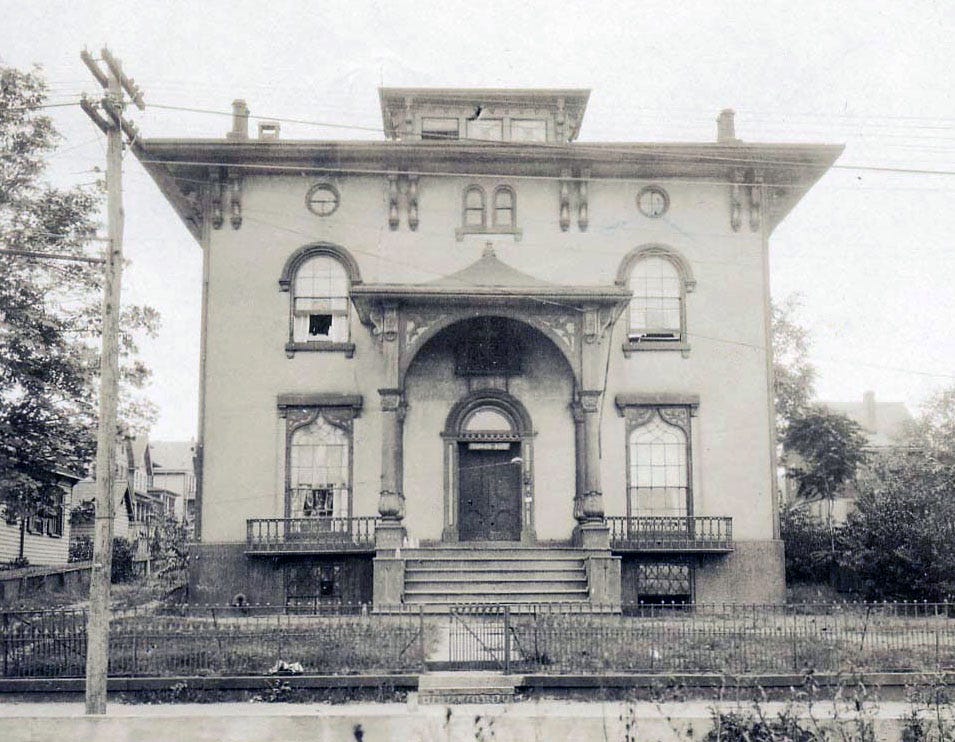




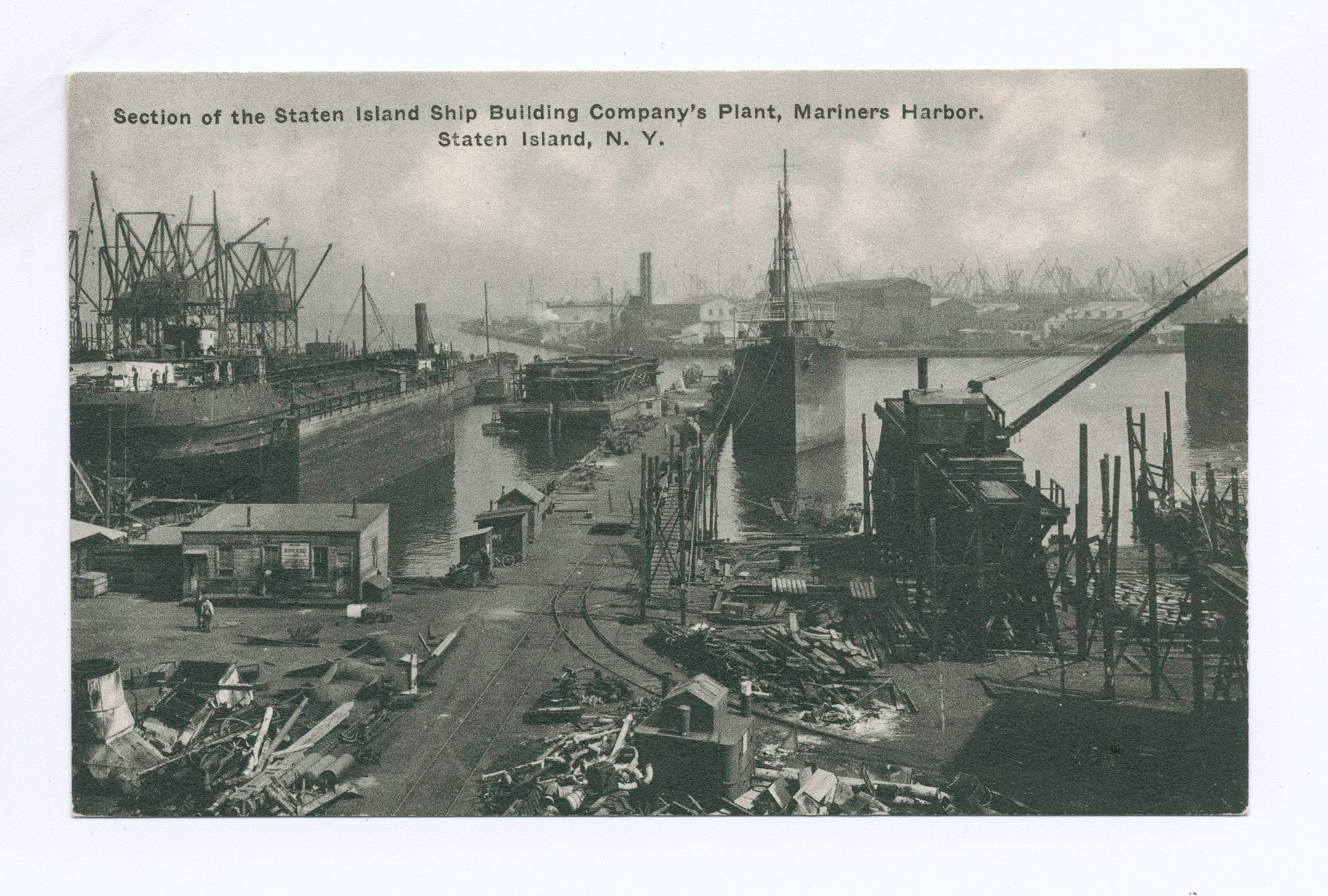


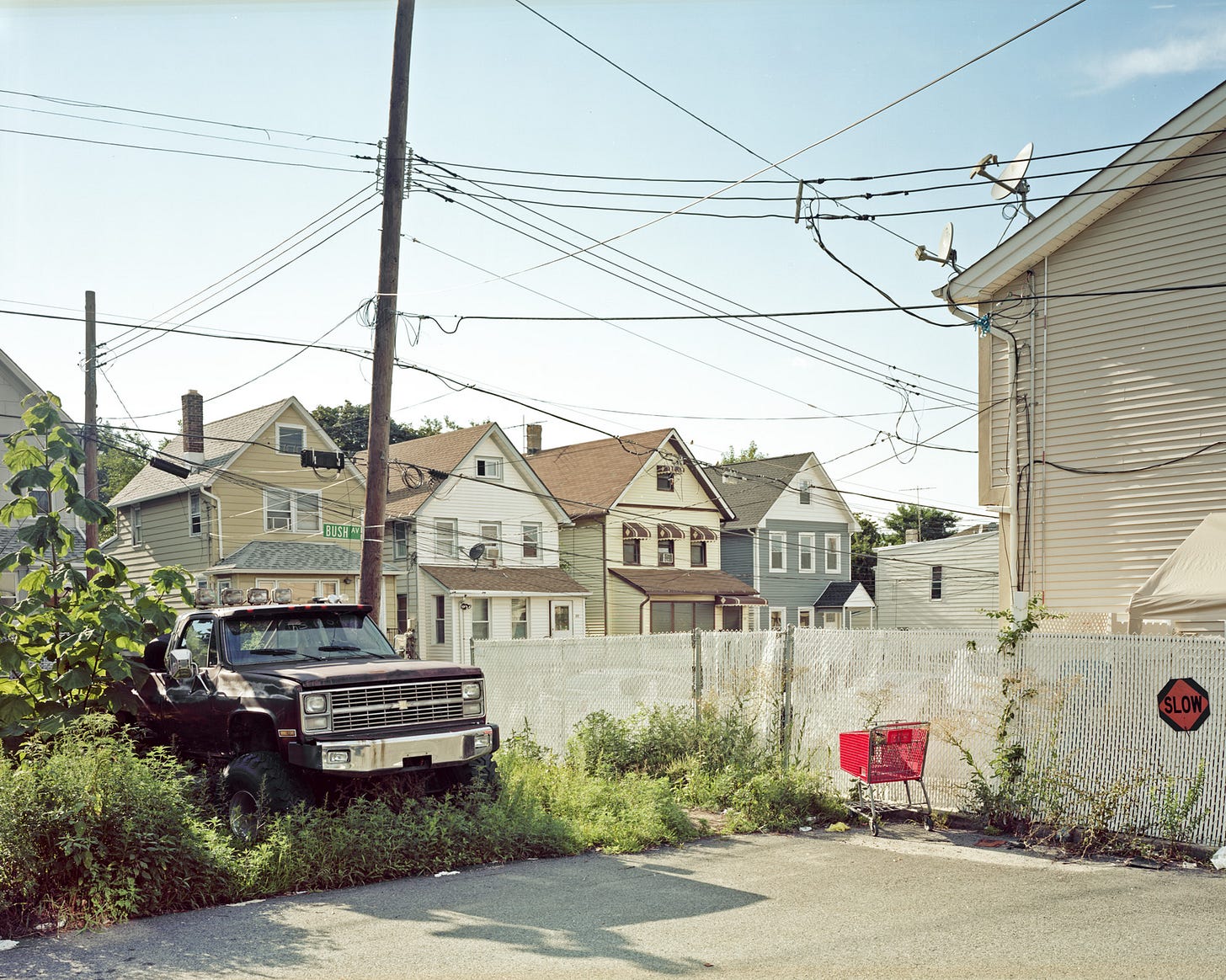
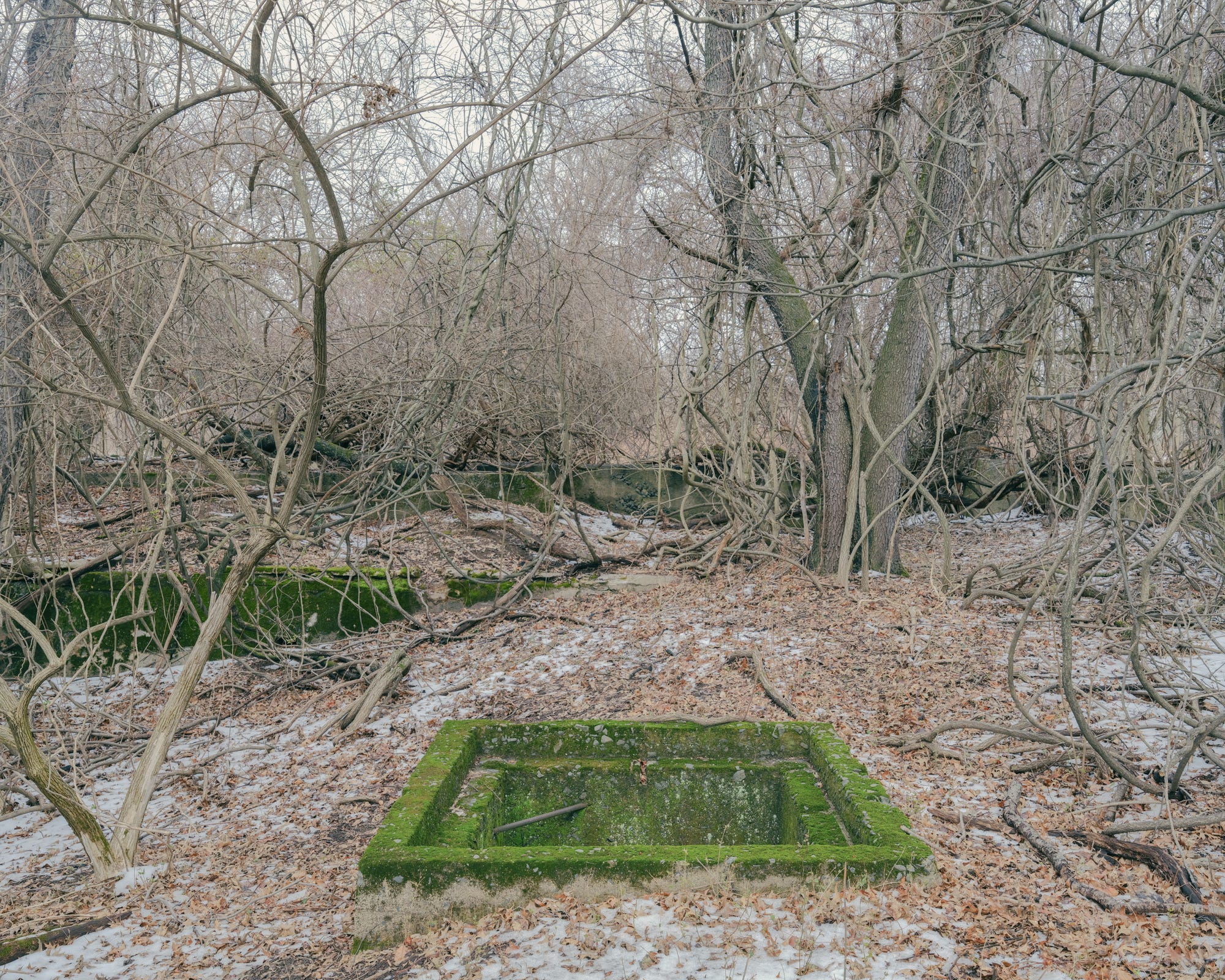
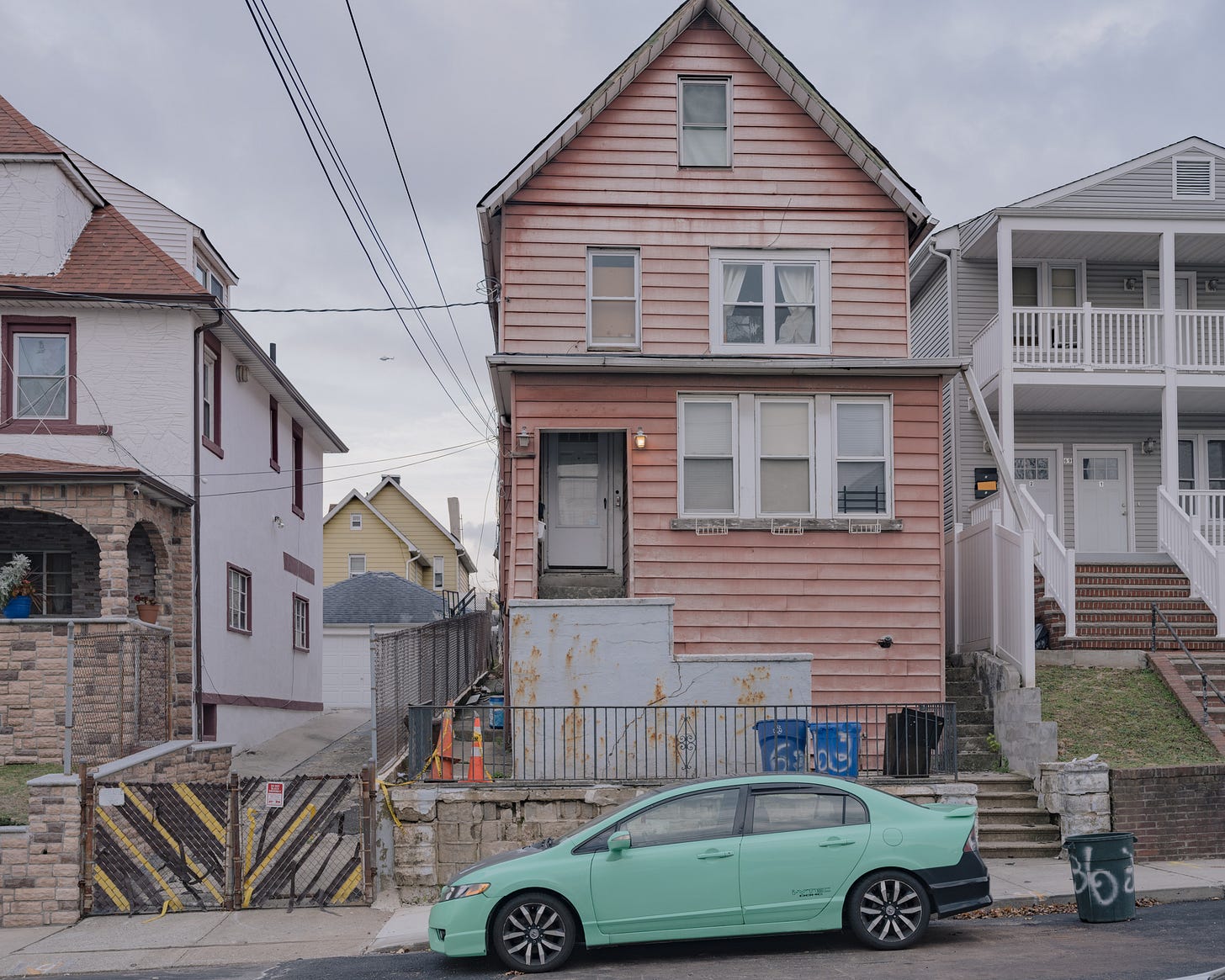


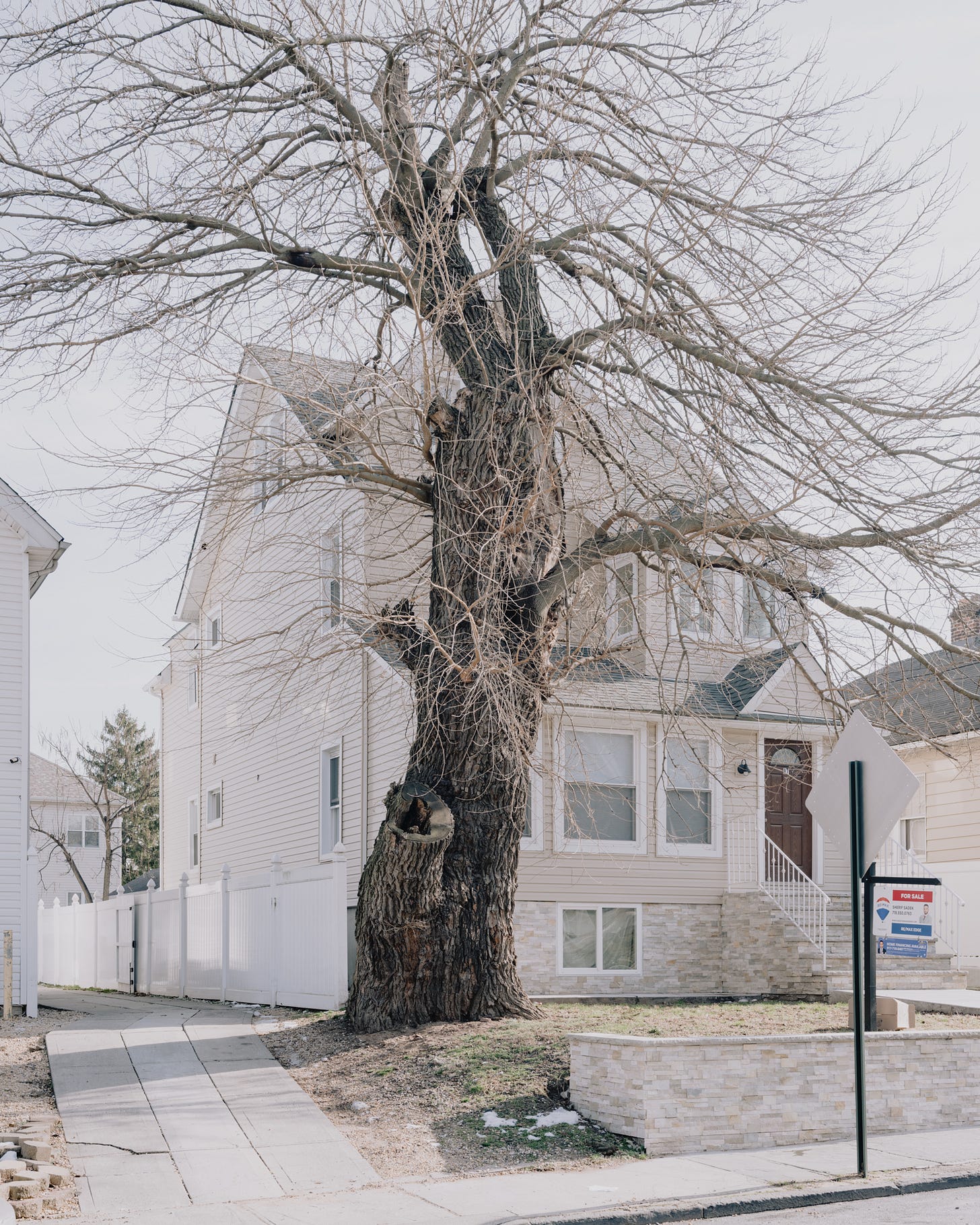
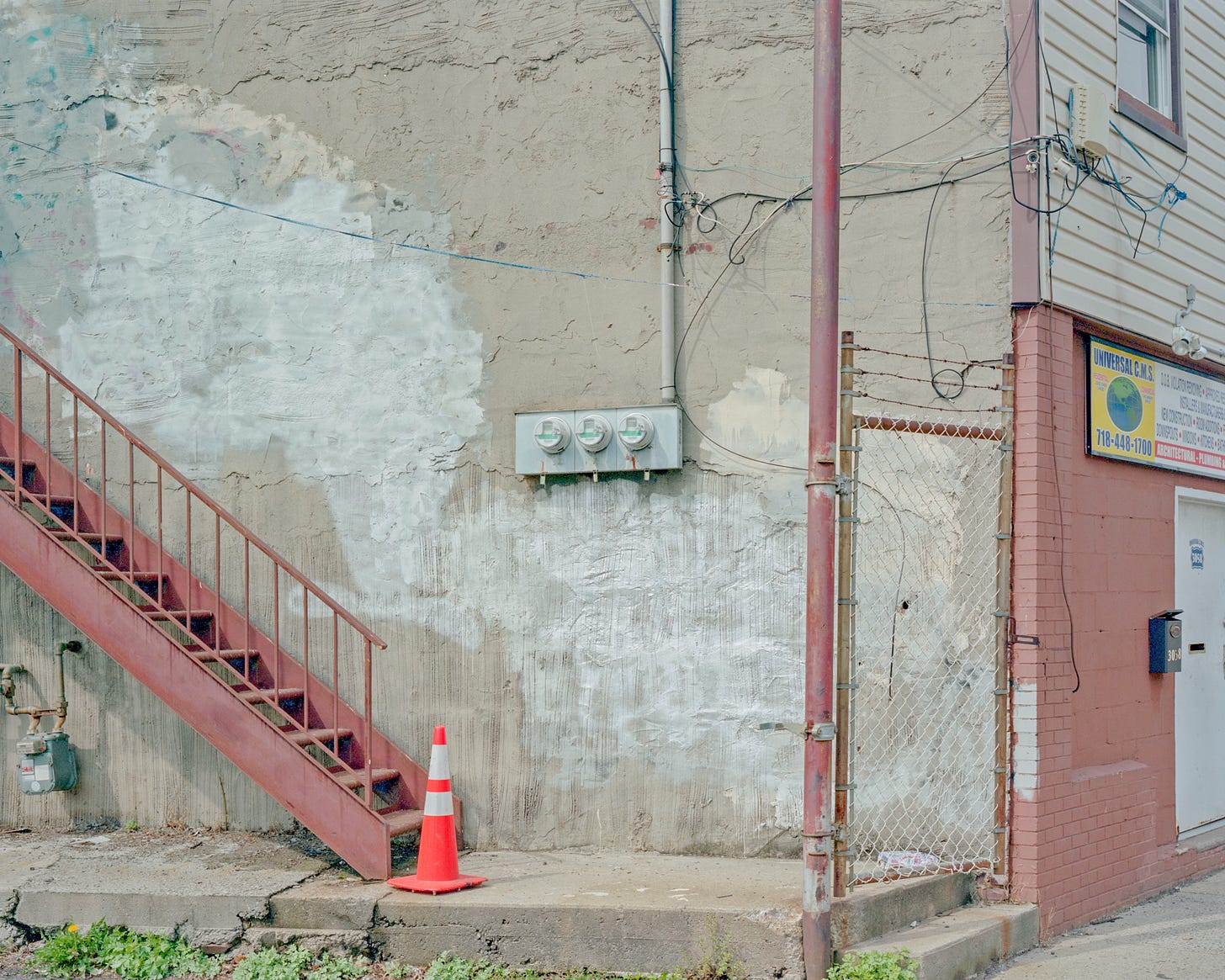

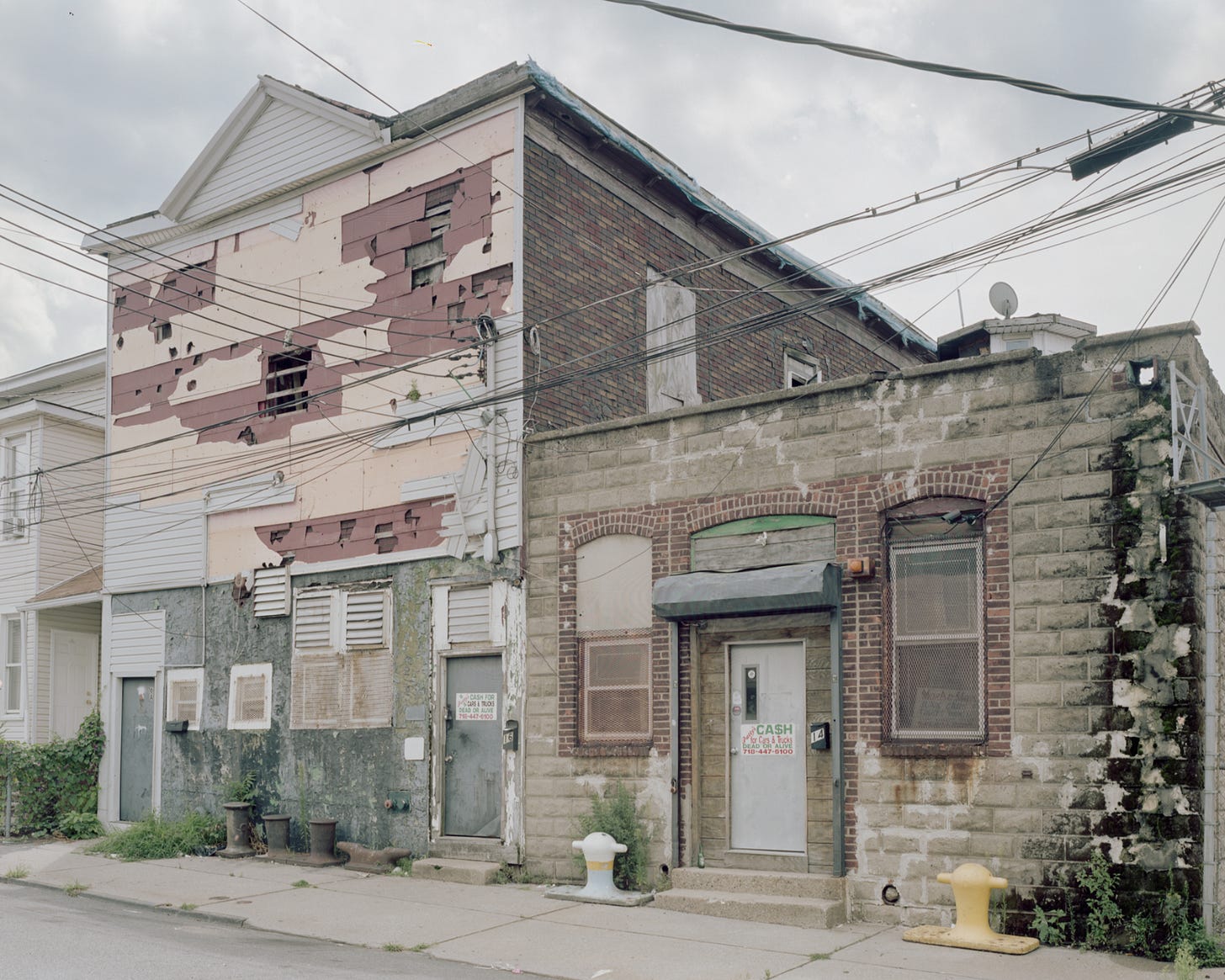
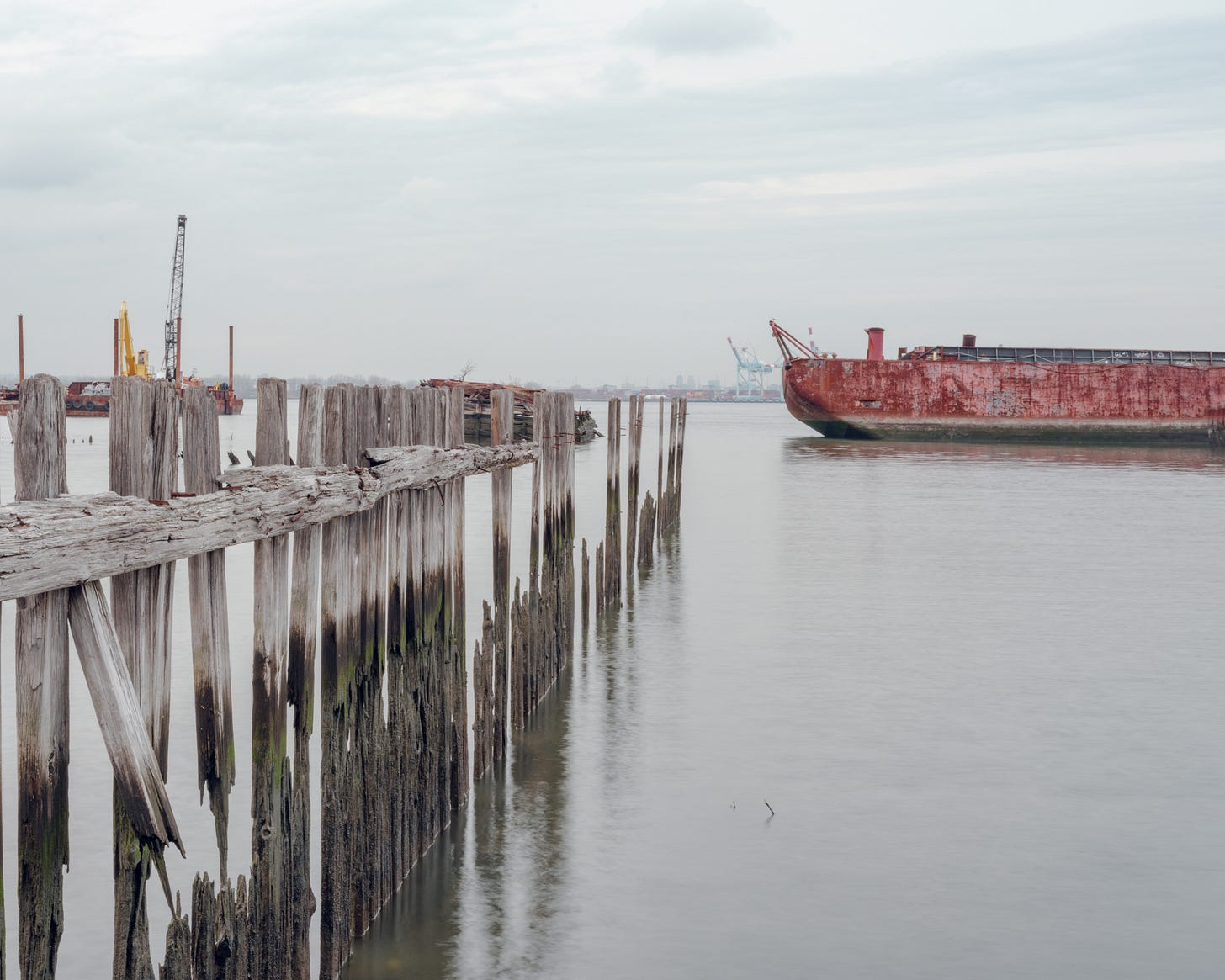

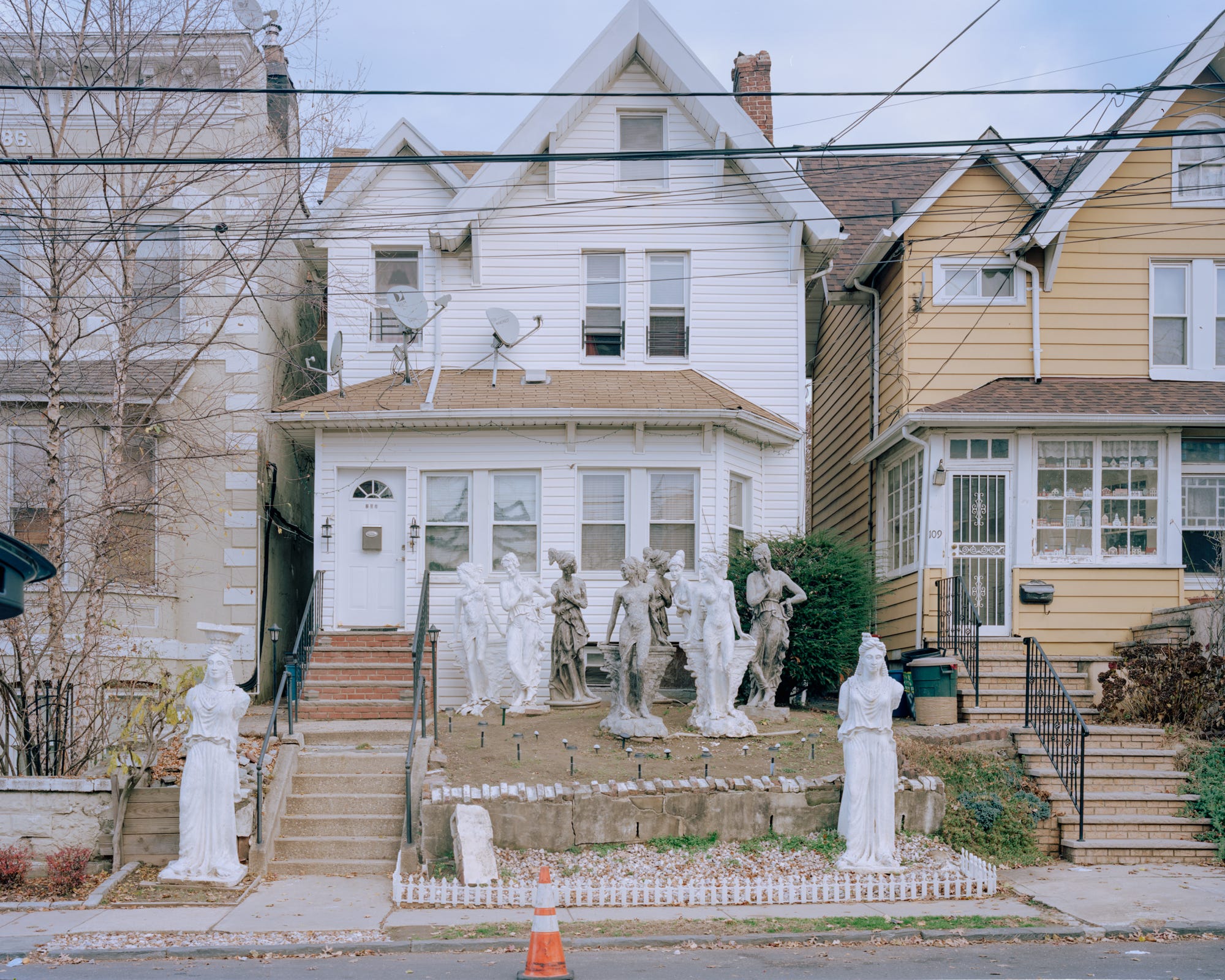


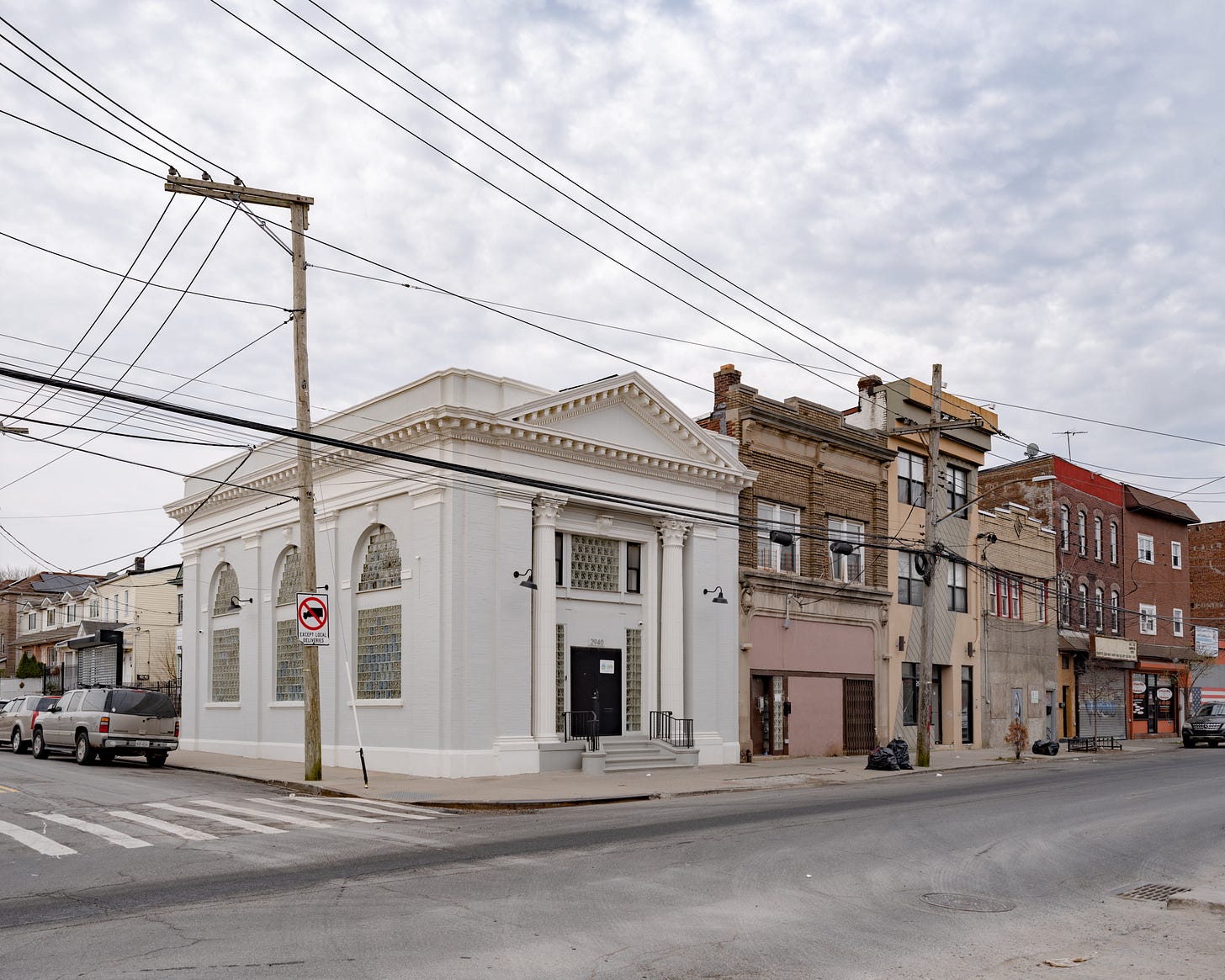
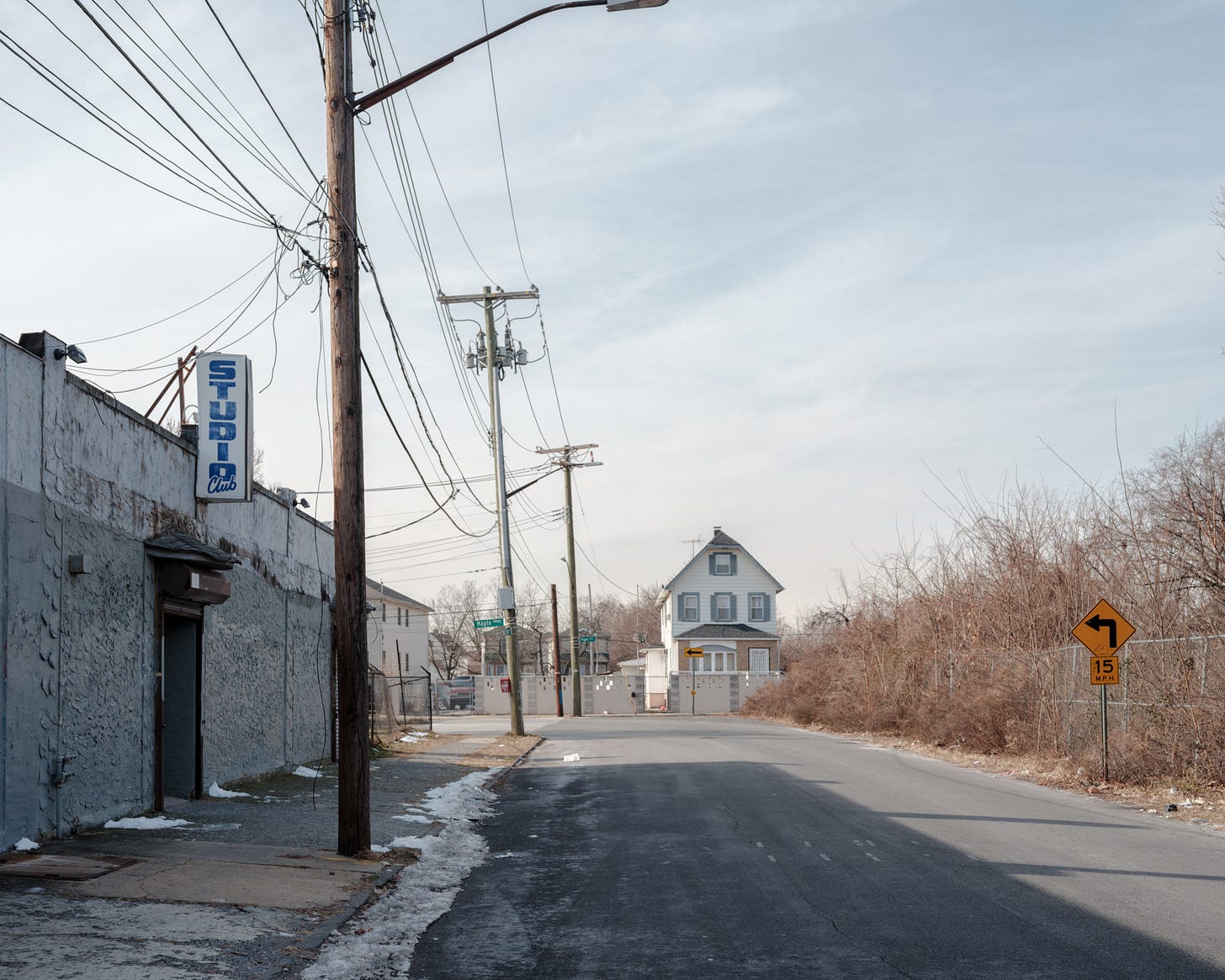
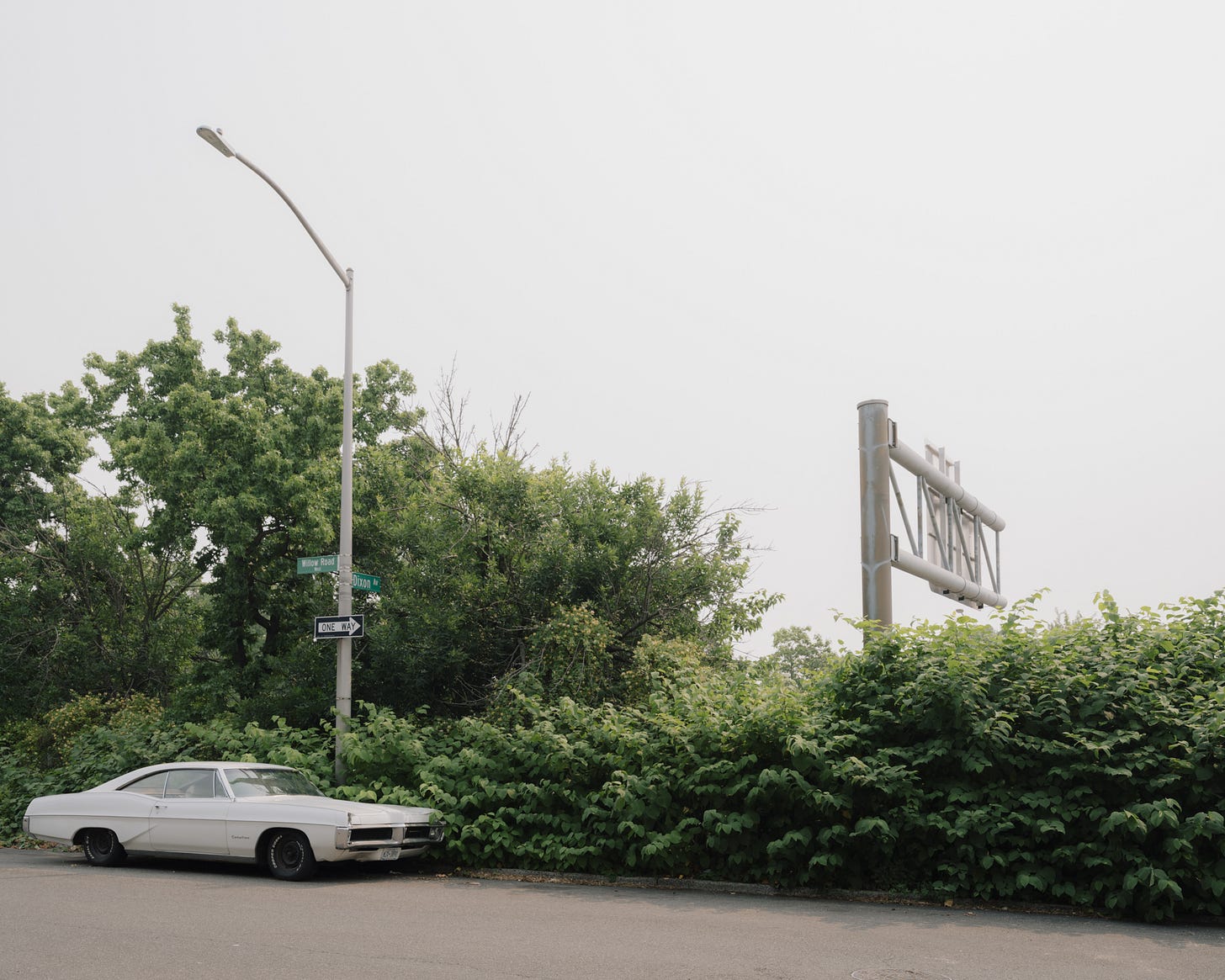

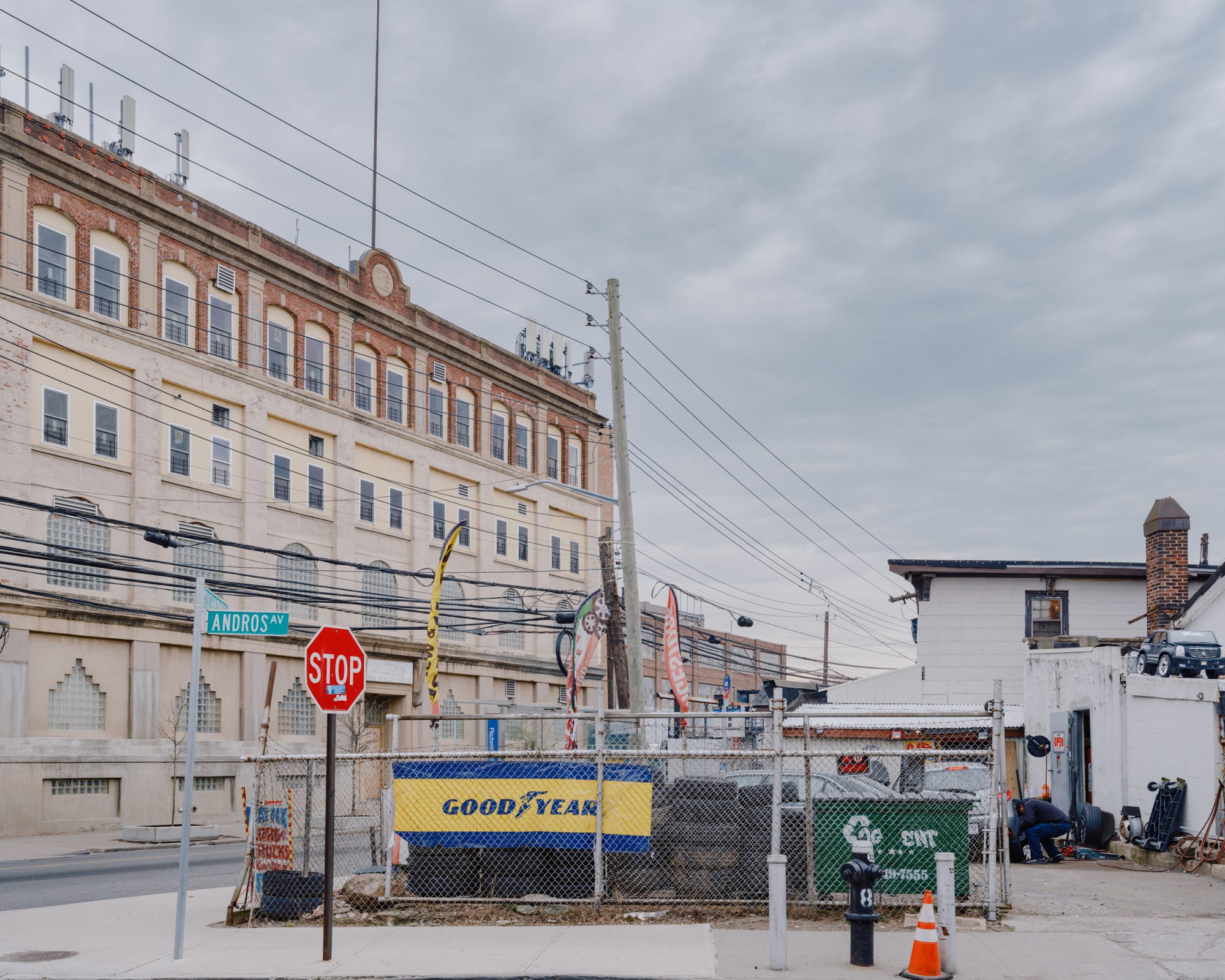


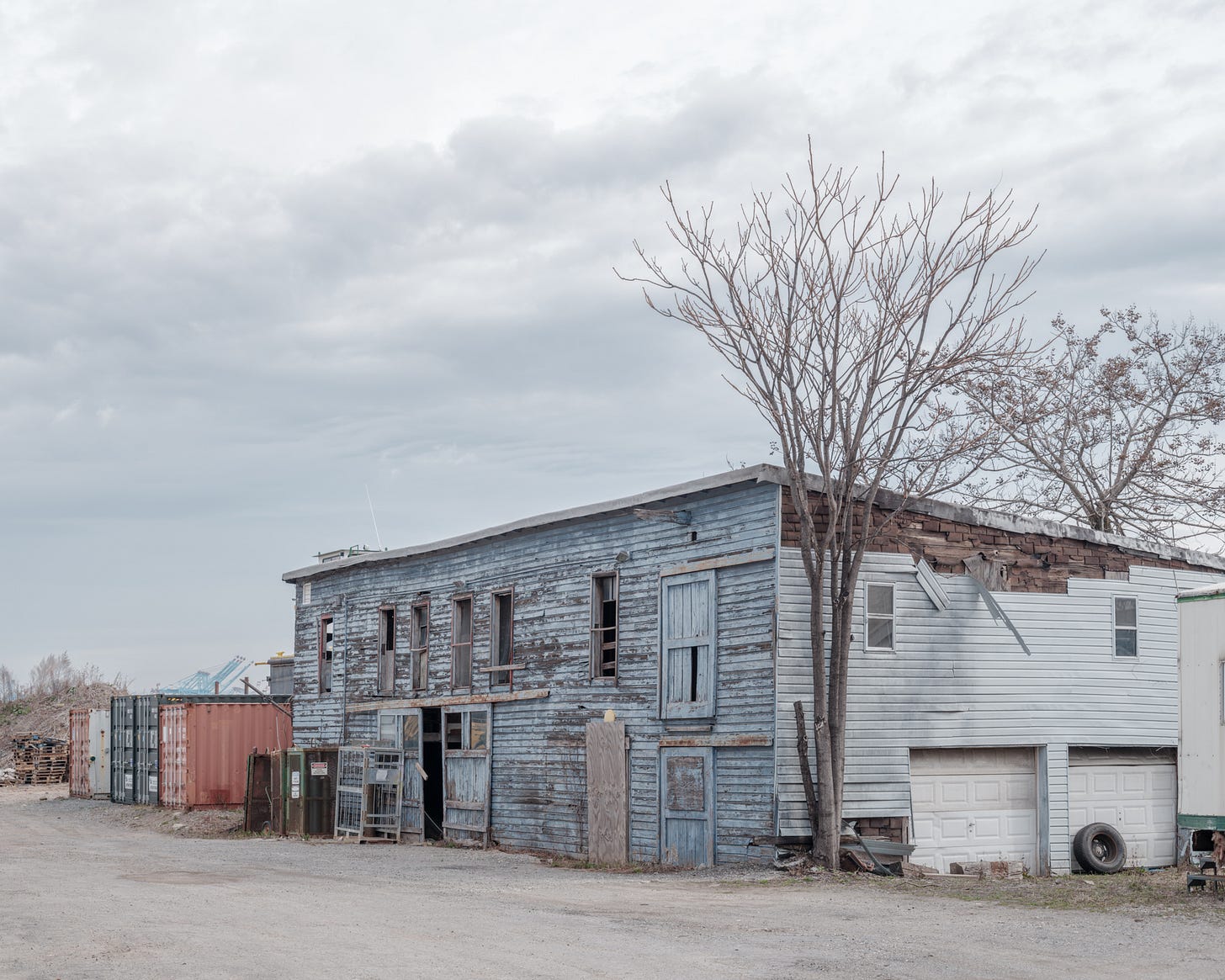
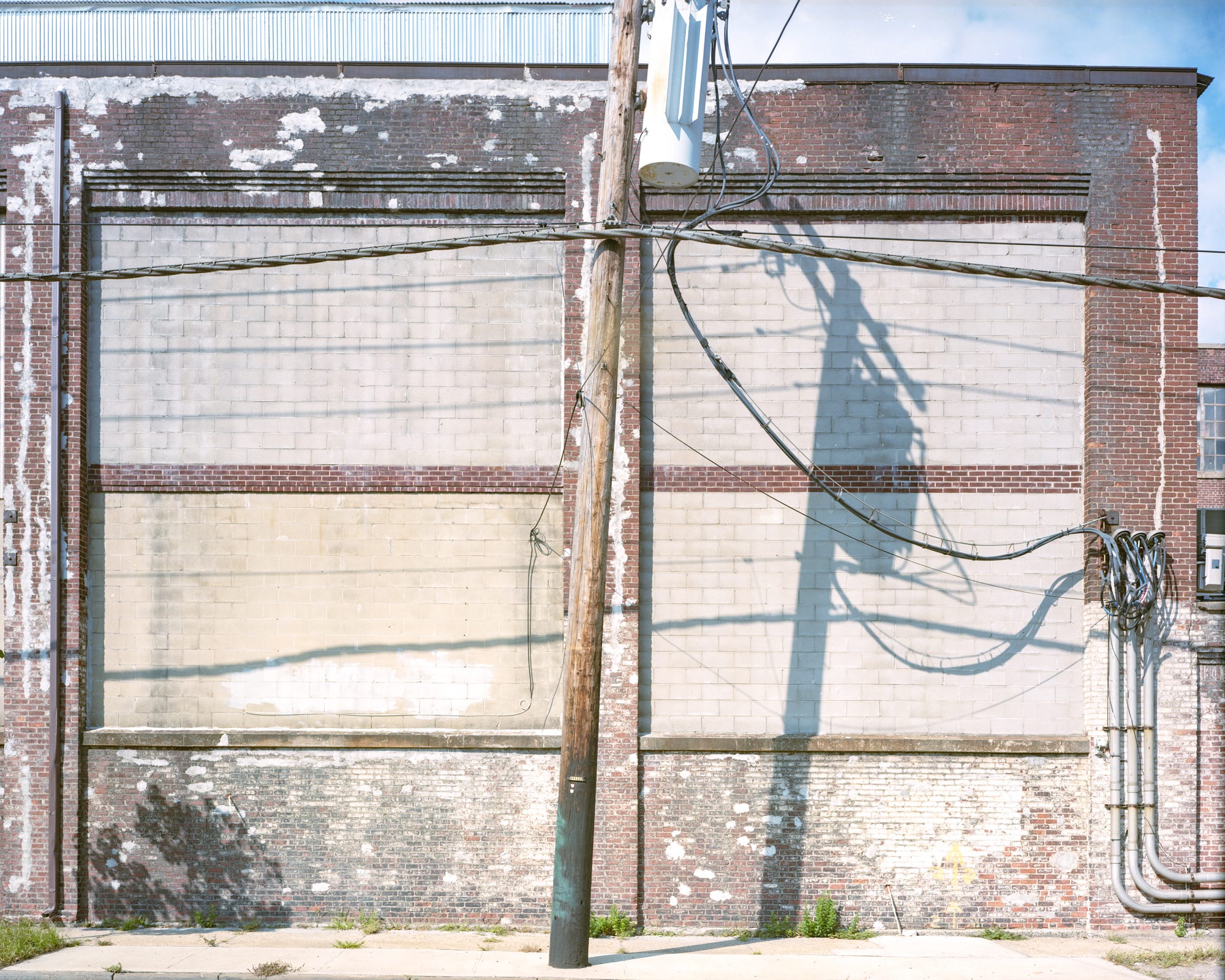
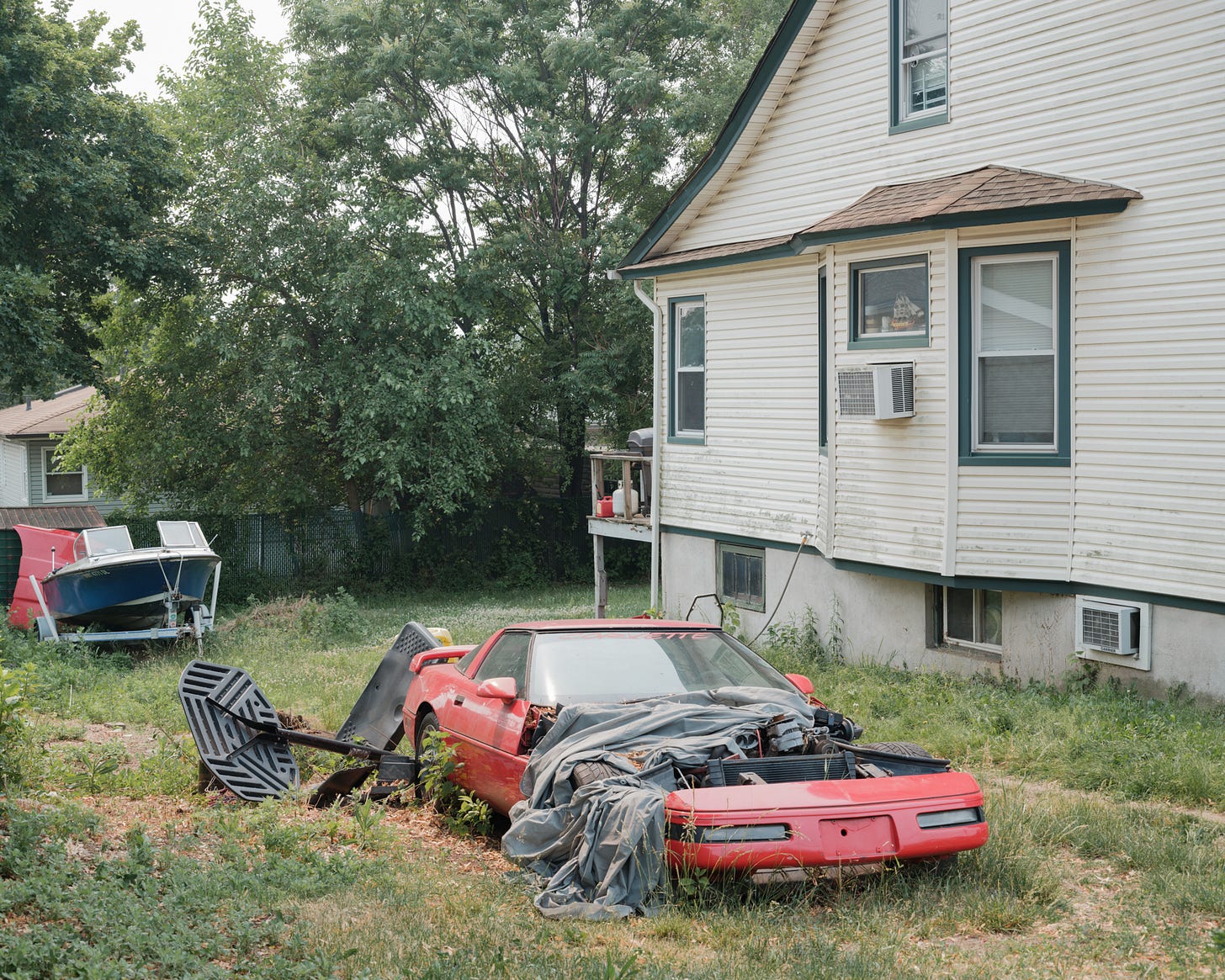
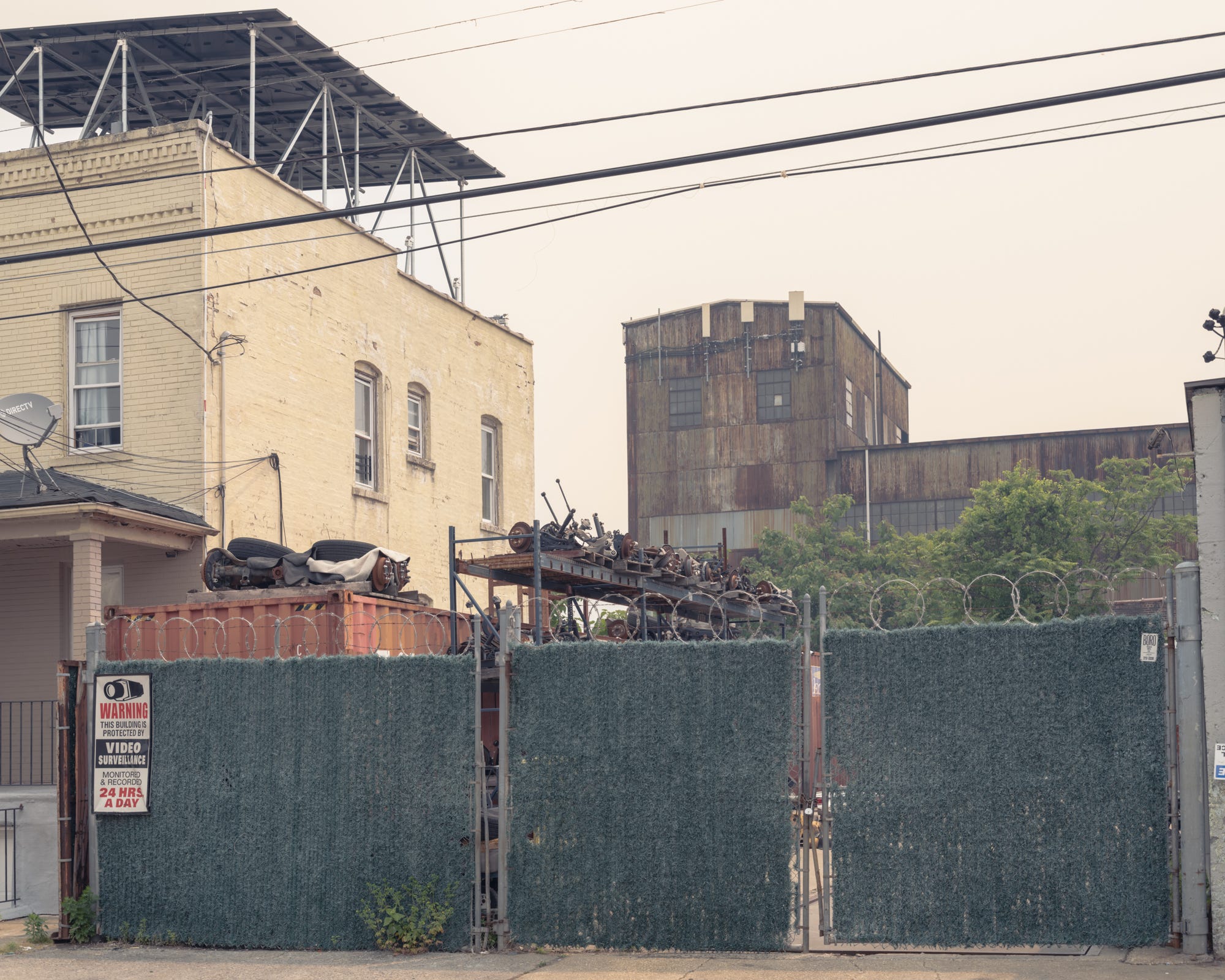


"Oyster Aristocrats” would be a good band name!
Hi Rob, What An Amazing Photographer You Are! My Name Is John Barry Formerly Known As Captain Thomas John Barry Jr. I Loved That Old Run Down Sea Captain's Mansion Since 1st Seeing It For Sale In The Newspaper, 1979, Then That Summer While Working The Night Shift At The Old Brewers Dry Dock As A Security Guard, I Saw The Place Ablaze. Never Give Up On Your Dreams, Mine Of Owning That House Came True After 23 Years. It Was July 2002 That I Brought The Place But Sadly My Life Totally Changed & I Decided To Move On & Sold The House, August 2009. I Surely Believe The Perfect Person , Biagio Was The Perfect Person Which That House Really Needed. He Called It His "Pirate Ship".